This section contains improved Hanfu (改良汉服).
Please read the introduction of the topic and how to use this guide in advance.
Introduction
Wearing hanfu is not just for the sake of retro and vintage, but also to show classical beauty and promote the traditional culture of the nation. However, many people have misconceptions about hanfu, believing that the process of wearing hanfu is tedious and that it is not convenient to move around after wearing it. In fact, hanfu is not necessarily a wide robe with big sleeves. The hanfu system itself contains short and slim tops, as well as short-sleeved and narrow-sleeved types of clothing. The hanfu tops can be matched with modern skirts and pants with a little improvement of the form, as long as the shape and color match.
The "improvement" referred to here is not to develop to Western-style three-dimensional cutting, but to make certain modifications to the hanfu pattern, such as reducing the sleeve length and cuff width, and making slight modifications to the shape to make it more suitable for matching with modern clothing, combining tradition with fashion, while maintaining the basic shape and flat cutting method of hanfu.
It is hoped that this improved hanfu will be promoted, as this way of dressing is suitable for many occasions and therefore easier to be integrated into people's daily life, but of course, it is hoped that the ancient style hanfu with its strict form will be fully restored and promoted, as this is an important basis for the revival of hanfu, and it is not contradictory to the promotion of improved hanfu.
The hanfu uniforms in this section are inspired by suit dresses and are divided into male and female versions. The improved hanfu tops are paired with western pants and western skirts, both in the form of traditional diagonal lapels. This section of the hanfu student school uniform is also inspired by modern dress, with a round neck Banbi paired with shorts and a cross neck Banbi with a short skirt.
In addition to being used as uniforms and school uniforms, there are many other ways to improve the application, such as removing the outer hem of the Panling Pao can be perfectly matched with a bachelor's hat to become a Chinese bachelor's uniform, a Shuhe with jeans can be used as casual wear, an Aoqun top can be matched with a modern long skirt, etc. So it can be seen that there is a lot of potential for improving the application of hanfu.
Improved Hanfu
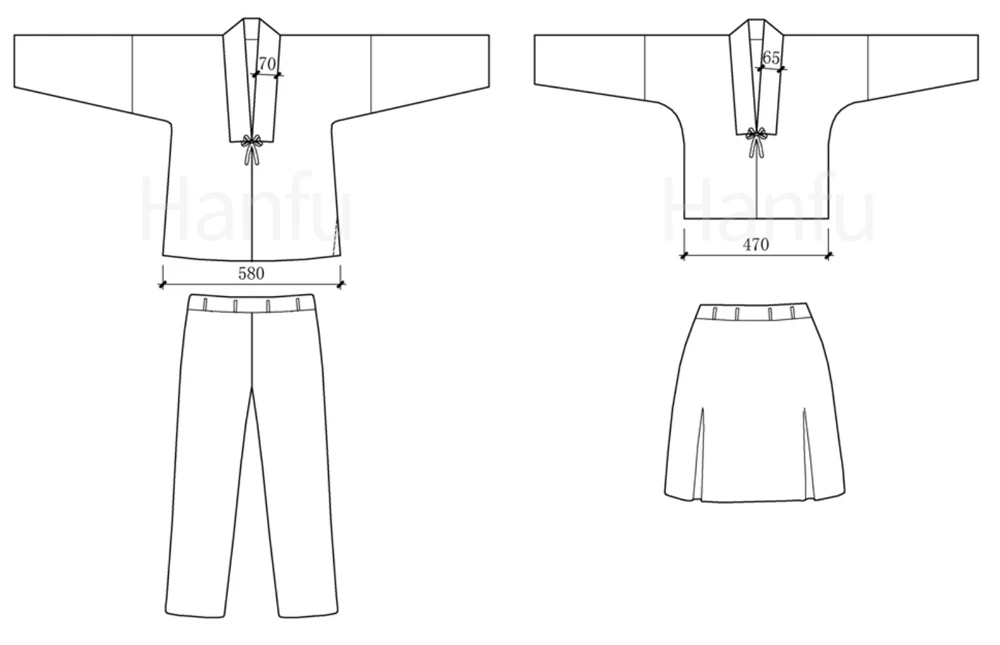
170/92A men's uniform, 160/84A women's uniform
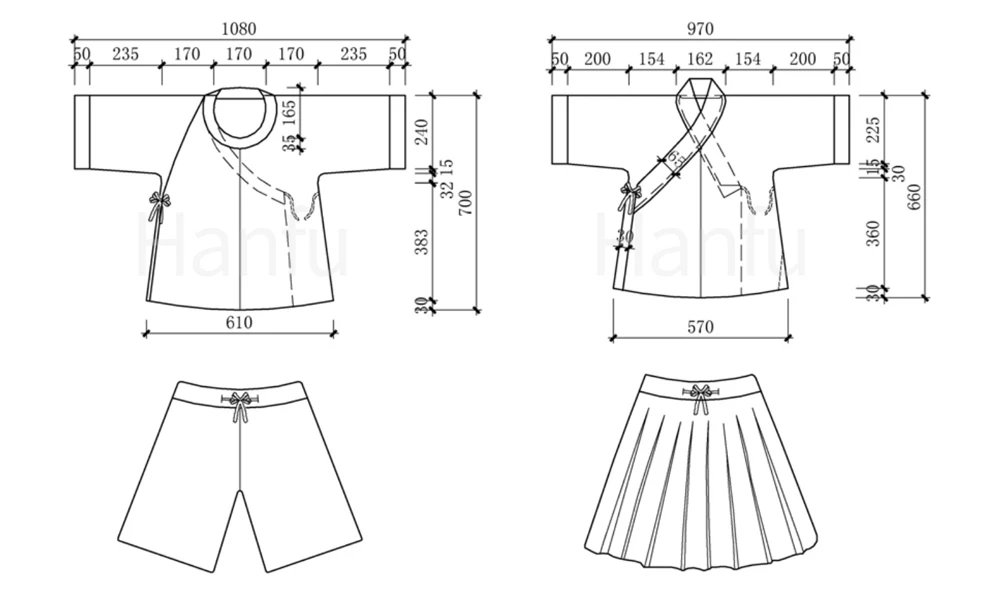
170/92A men's school uniform perspective drawings, 160/84A women's school uniform perspective drawings
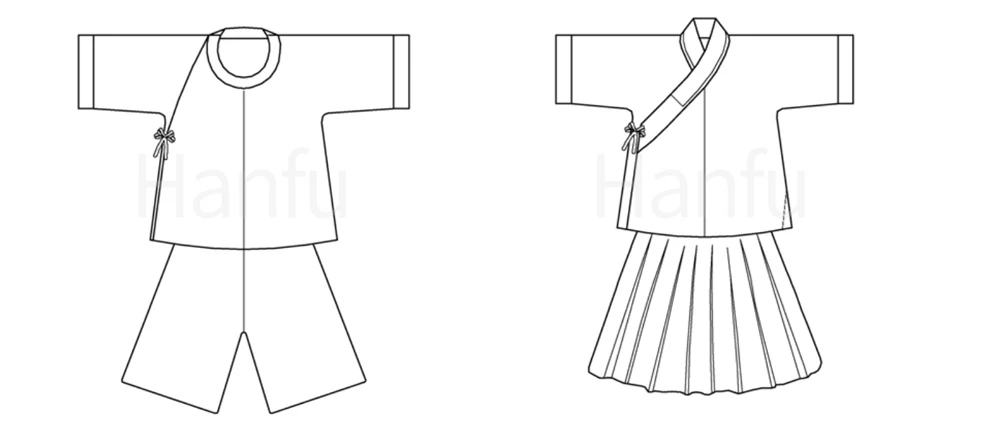
170/92A men's school uniform appearance drawings, 160/84A women's school uniform appearance drawings
Additional Section
In the dress of the Ming style wedding, the men's formal dress is the Panling Pao (set with section 10 170/92A Panling Pao, but also need to match the Buzi, Wusha Mao, and Gedai), the women's formal dress is the Dashan (set with section 4 160/84A, Xie Duijin Beizi, but the length of the coat, sleeve length, hem need to increase, and also need to match the Xiapei and Fengguan).
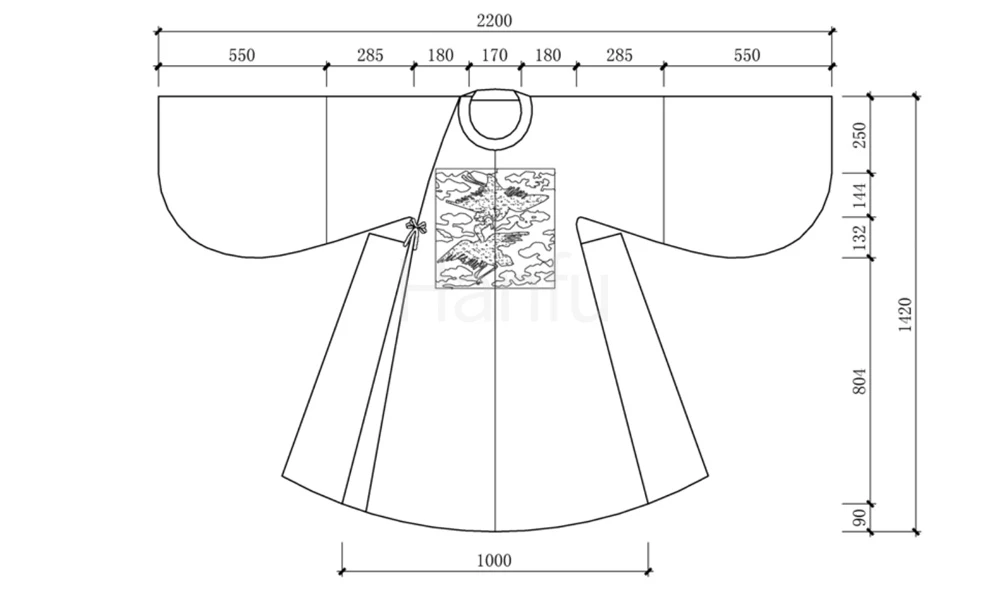
Ming Dynasty Wedding Dress (male) 170/92A Panling Pao
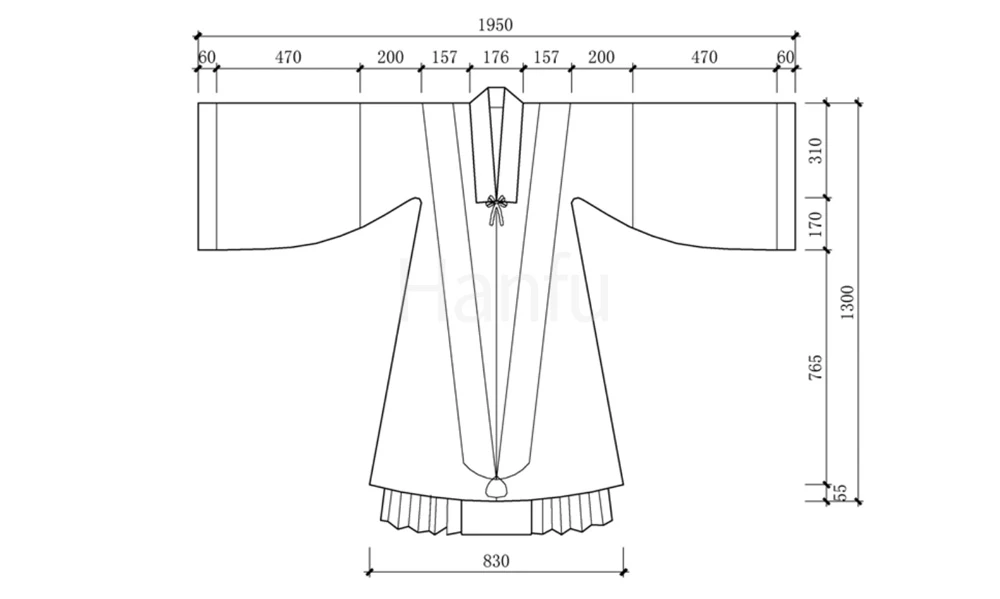
Ming Dynasty Wedding Dress (female) 160/84A Dashan
Examples of matching styles of dress for each dynasty
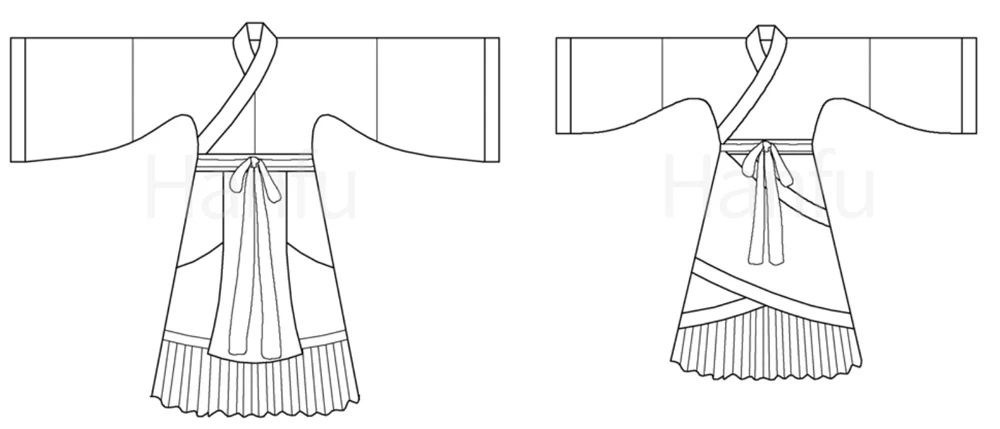
Zhou Dynasty: Han Style: Xuanduan (male), Quju (female)
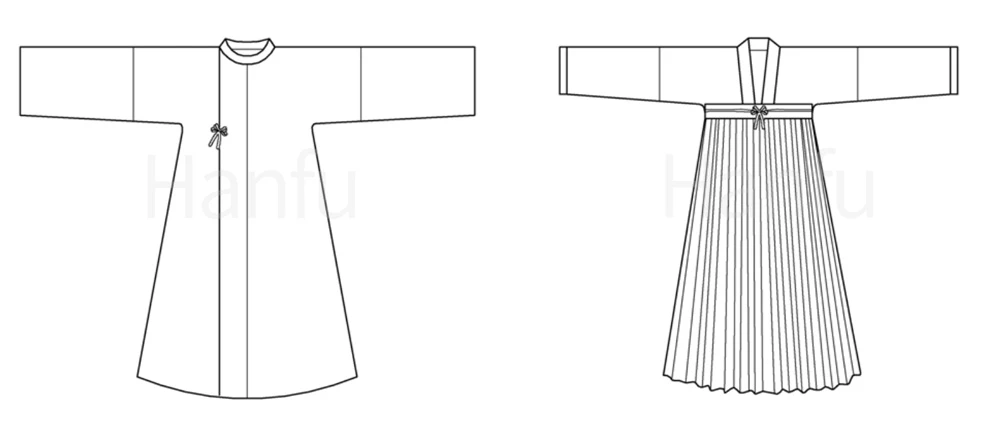
Tang Dynasty: Yuanling Shan (male), Qixiong Shanqun(female)
More Hanfu Style Making
Section 1: How to make Zhongyi (中衣)
Section 2: How to make Aoqun (袄裙)
Section 3: How to make Ruqun (襦裙)
Section 4: How to make Beizi (褙子)
Section 5: How to make Pan collar Aoqun (盘领袄)
Section 6: How to make Quju (曲裾)
Section 7: How to make Banbi (半臂)
Section 8: How to make Shuhe (裋褐)
Section 9: How to make Zhiduo Zhishen Daopao (直裰/直身/道袍)
Section 10: How to make Panling Pao and Lanshan (盘领袍/襕衫)
Section 11: How to make Shenyi (深衣)
Section 12: How to make Yisan (曳撒)
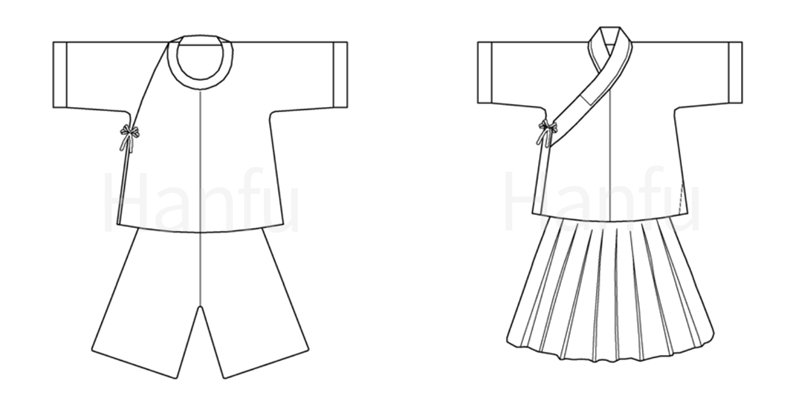

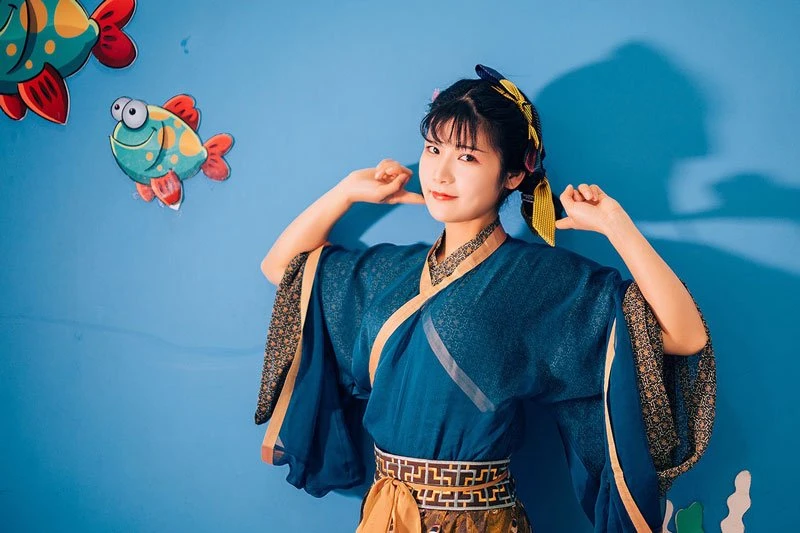


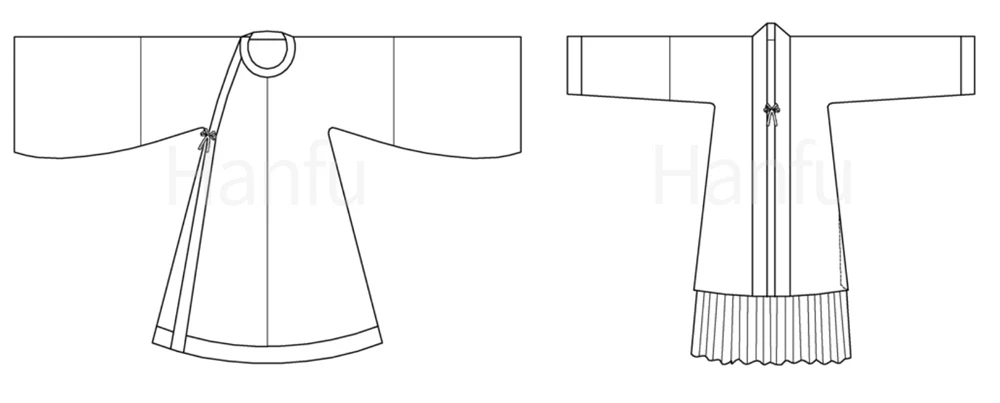
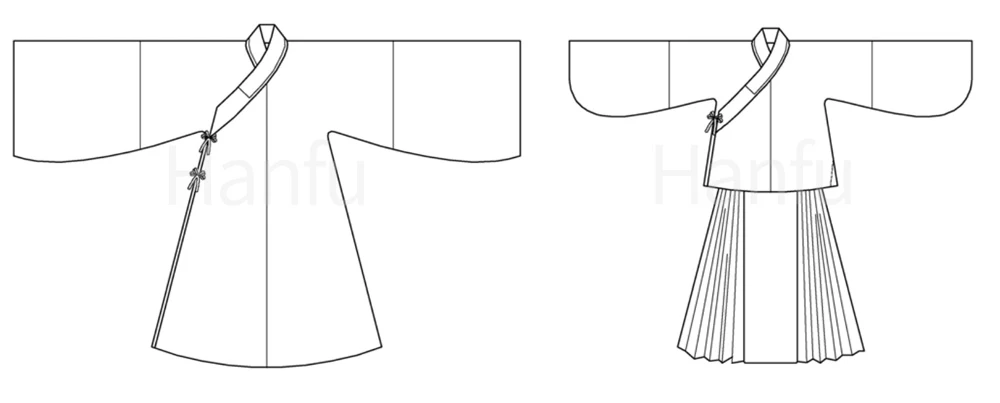


Didn't realize there were so many diy hanfu makers, I could never do it myself 🥲
So excited to see this new pattern!! I've already made my own shorter version of the skirt and wasn't sure how to approach the top! Thank you for posting this and honestly the whole set of patterns it's been a really big help for me to figure out what to do!
I'm glad the patterns were helpful to you!😁😊
And you're welcome to join our DIY Hanfu group and share the hanfu you've made!😍😍
nice guide😊